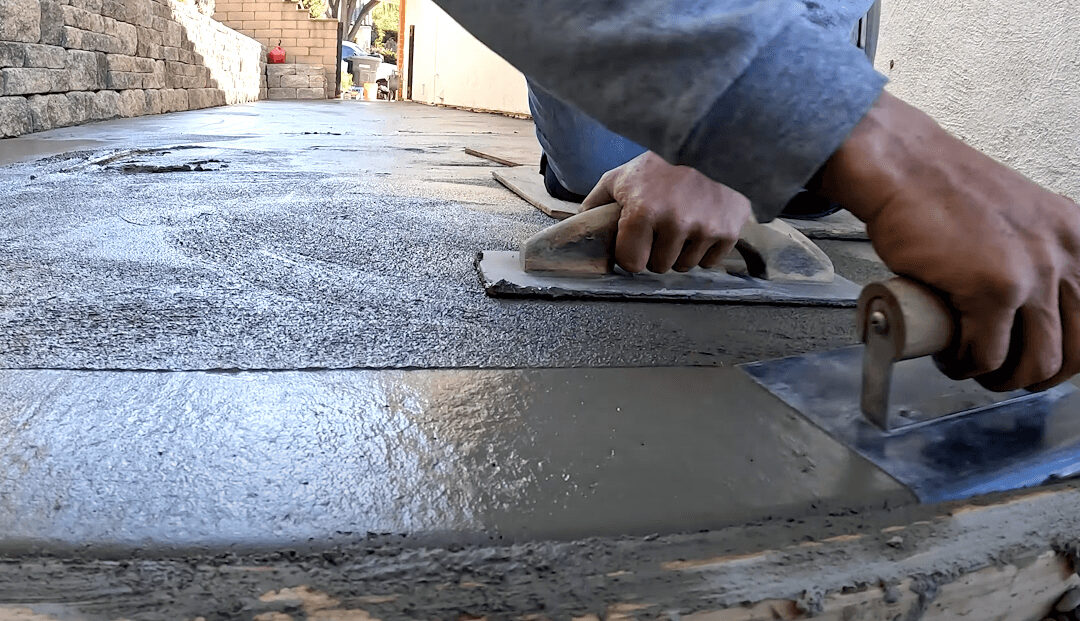Due to its accessibility and adaptability, concrete is arguably the most commonly utilized building material in the world today. The Sydney Opera House, the Lotus Temple in Delhi, and the Burj Khalifa in Dubai are just a few of the world’s most magnificent structures that were made using this material.
Then again, does that make it the best? In this article, we examine concrete constructions’ benefits and drawbacks.
Contact us and speak with one of our dependable, professional concrete contractors if you’re attempting to select what materials to utilize for your upcoming project.
What is Concrete?
The only other material used more frequently than concrete is water. A hydraulic binder holds a mixture of aggregates (usually common sand and gravel or crushed rock) together.
The end product is a substance that is extremely robust and compression-resistant; it has also been referred to as an artificial rock.
How is Concrete Made?
Finding the right ratios for each element is the key to producing lasting concrete. The essential components of any concrete mixture are:
Cement
Sand
Aggregates (usually sand, brick chips, stone chips, gravels or shells)
Water
Then, in order to generate wet concrete, these components are combined. This will then start to harden as a result of a process known as hydration. Following this, the concrete is prepared to be molded and shaped according to the specific job.
It’s crucial to have the proper consistency when mixing concrete. When concrete is too wet, it may shrink more than is necessary once it has dried, and when concrete is too dry, it will be much more difficult to handle and work with.
The Advantages of Concrete
You don’t rise to the position of second-most-used substance on Earth by accident. What are the main benefits of constructing structures out of concrete?
Concrete is Durable
Concrete is resistant to wind and water in addition to standing the test of time and fire. For this reason, concrete is a preferred substance when constructing storm shelters or weatherproofing other buildings, such barns.
Concrete is Widely Accessible
Cement, aggregates, sand, and water are the four really basic ingredients that make up concrete, as was previously mentioned. Each of these essential components is easily accessible from a variety of sources, making them not only simple to obtain but also reasonably priced.
Concrete is a common material for huge projects like overpasses because it is both simple to make and easy to obtain the ingredients.
Concrete is Easy to Shape
Concrete is a fantastic material for a number of uses because it is so simple to shape and mold when it is in its green (wet) stage. Concrete can be moved easily from the location where it was mixed to the location where it will be utilized and allowed to build up while it is still wet.
Concrete is a Very Versatile Material
Concrete has the excellent benefit of being made especially to the appropriate strength, based on the needs of the project. For instance, steel is frequently used to strengthen concrete, giving it a higher compressive strength than other materials. Additionally, reinforced concrete is long-lasting and requires little to no maintenance.
Concrete is Non-Combustible
Since concrete is naturally non-combustible, using it for constructions increases fire safety. It has the highest classification for fire resistance, class A1, making it a class A1 building material.
Additionally, when exposed to fire, concrete does not release any hazardous chemicals and can sustain extremely high temperatures.
